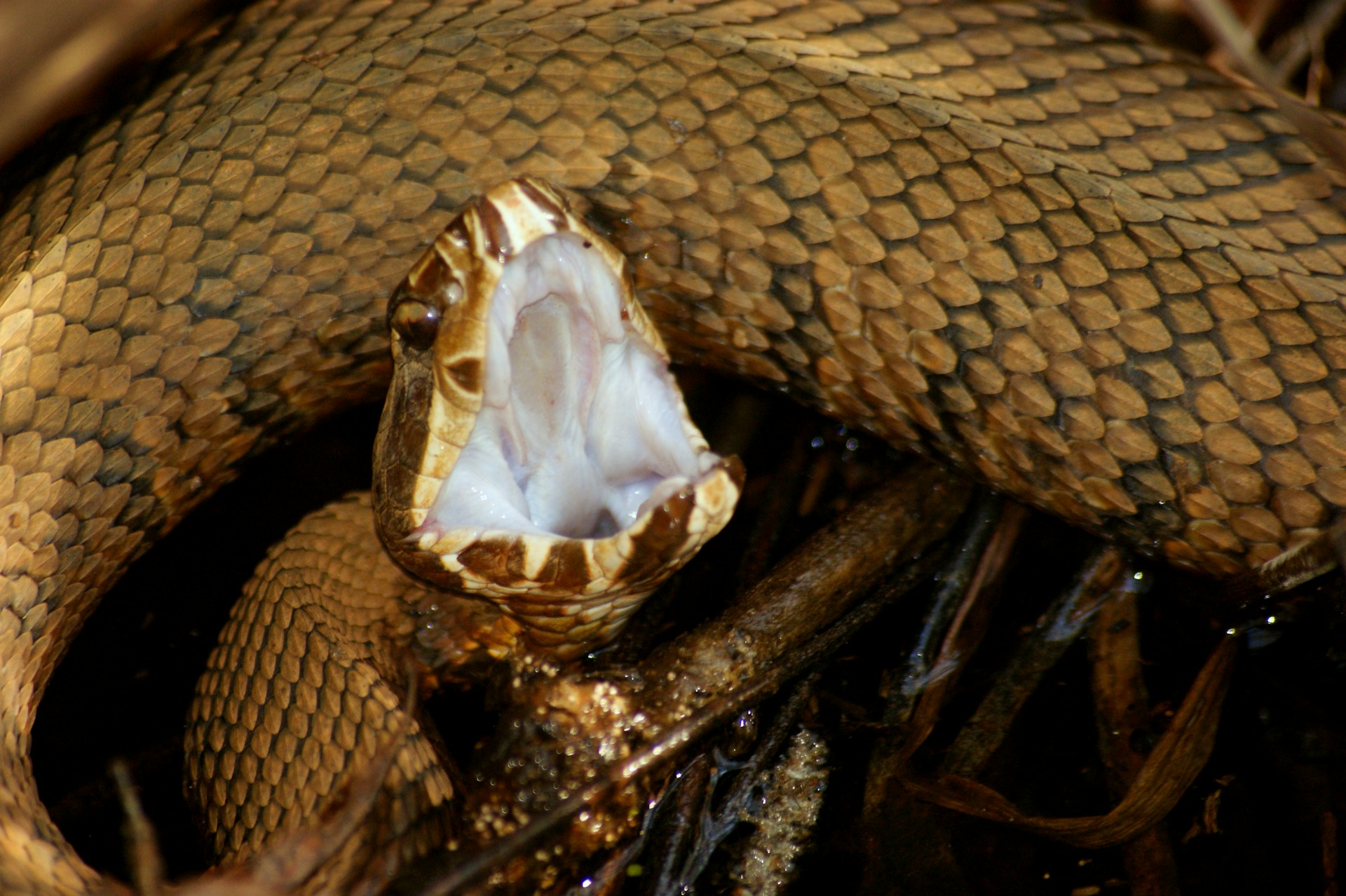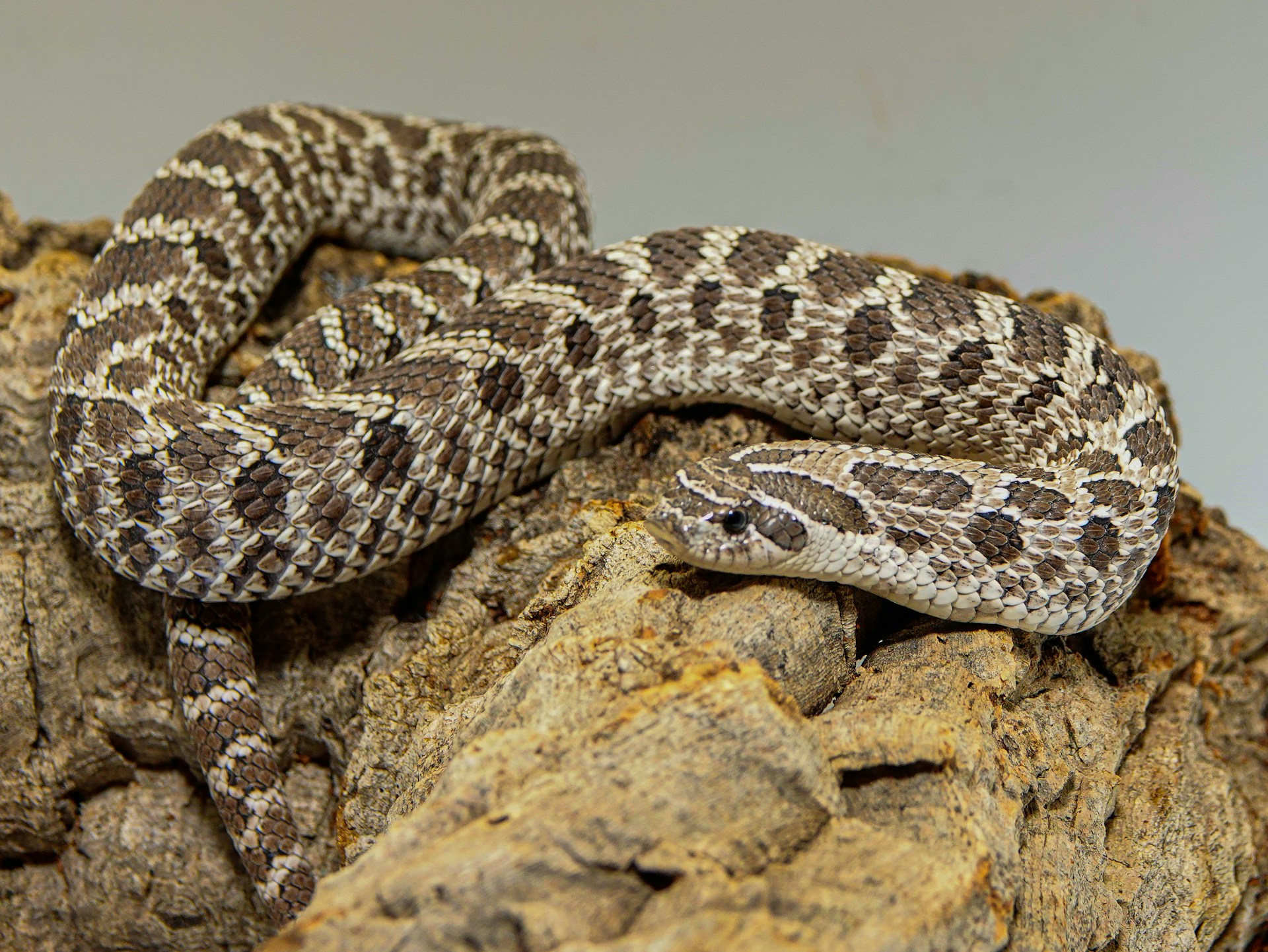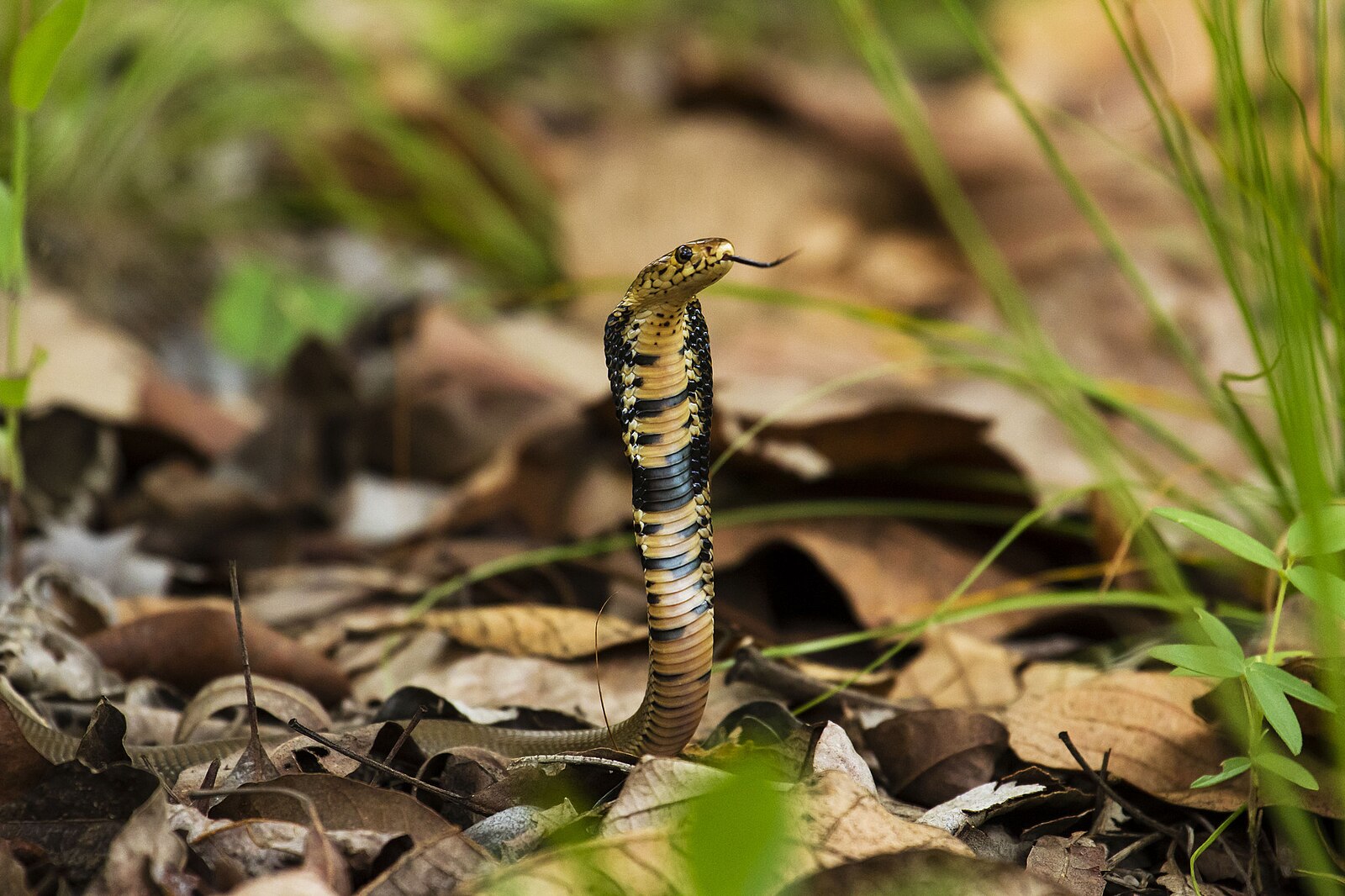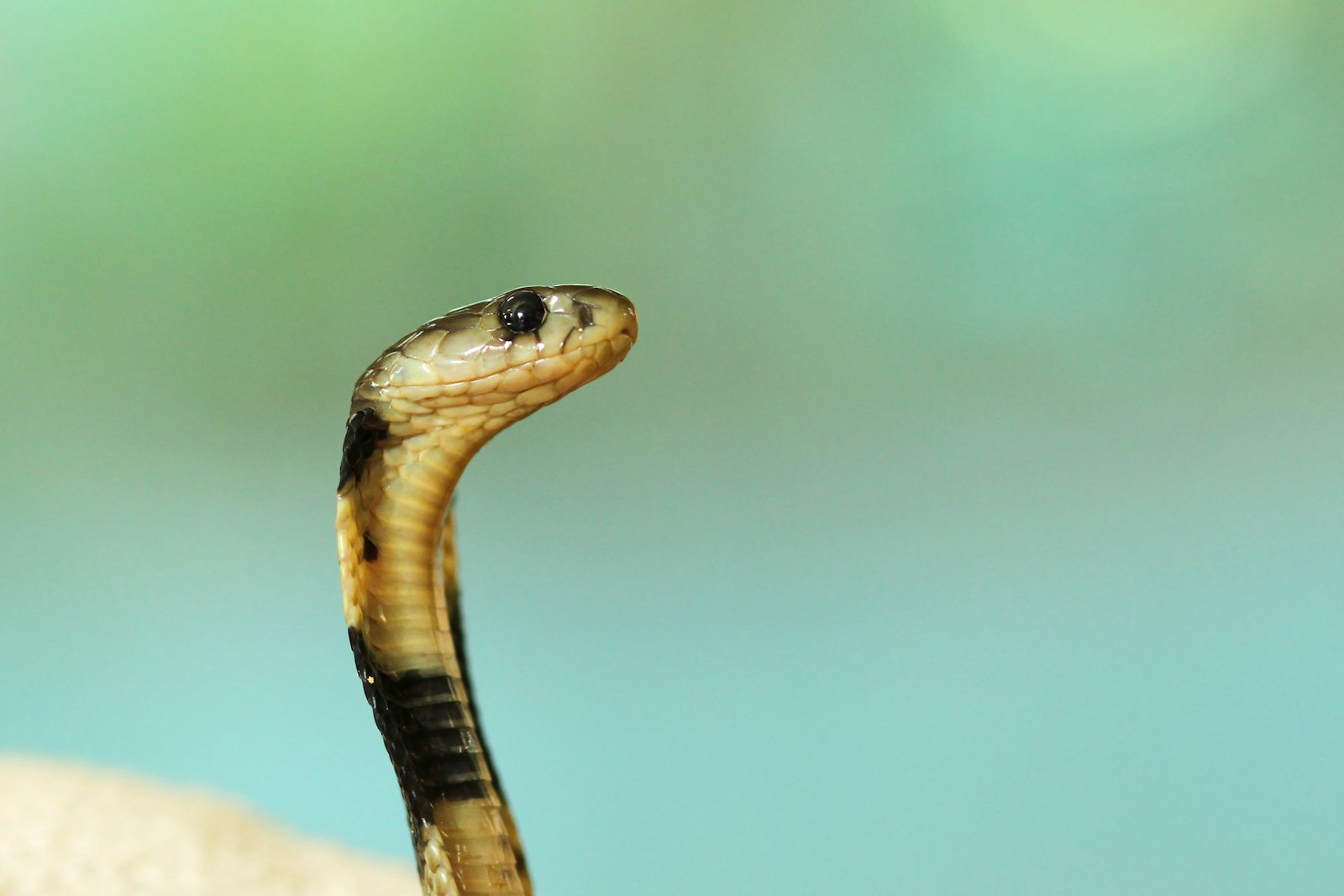Across the diverse landscapes of our planet, from scorching deserts to dense rainforests, snakes have evolved some of the most sophisticated biological weapons known to science: venom. These complex cocktails of proteins and enzymes serve not only as tools for hunting but also as remarkable defensive mechanisms. While the majority of the world’s 3,000+ snake species are harmless to humans, a select few possess venom so potent that a single bite can be fatal within hours—sometimes even minutes. This article explores the world’s deadliest serpents, examining not just their venom potency, but also the unique characteristics that make them particularly dangerous to humans.
Understanding Snake Venom Potency
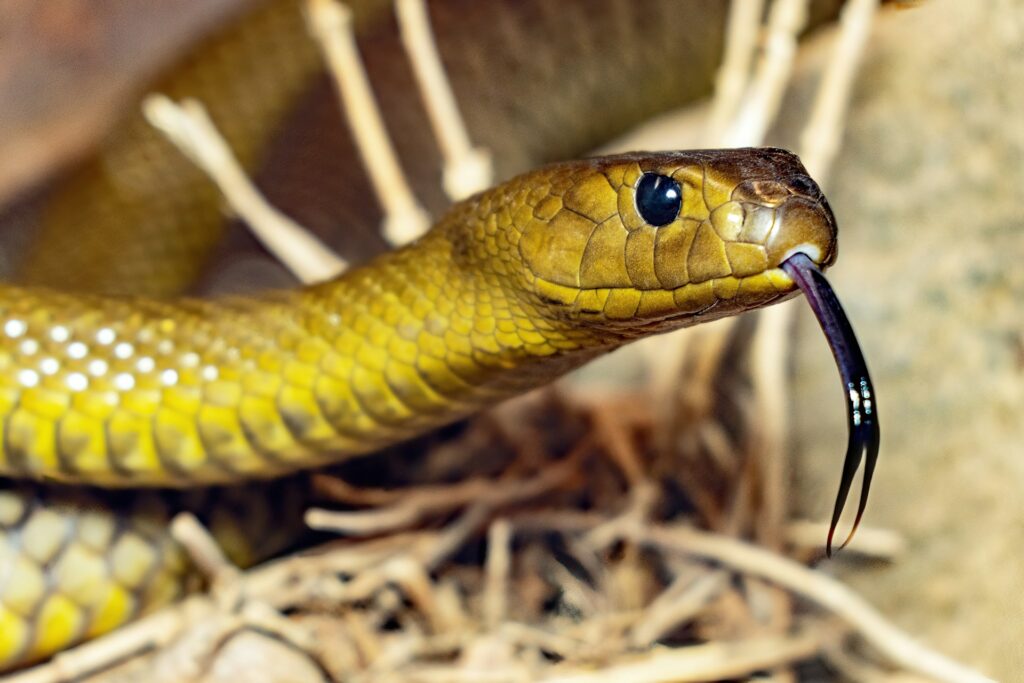
Snake venom potency is typically measured by its LD50 value—the dose required to kill 50% of a test population (usually mice). The lower this number, the more potent the venom. However, potency alone doesn’t determine how dangerous a snake is to humans. Factors such as venom yield (how much is delivered in a bite), fang length, temperament, habitat proximity to human populations, and the availability of antivenom all contribute to a snake’s deadliness. Medical researchers study these venoms not just to develop effective treatments for snakebites but also because many contain compounds with potential pharmaceutical applications for treating conditions from hypertension to chronic pain.
Inland Taipan: The Undisputed Champion
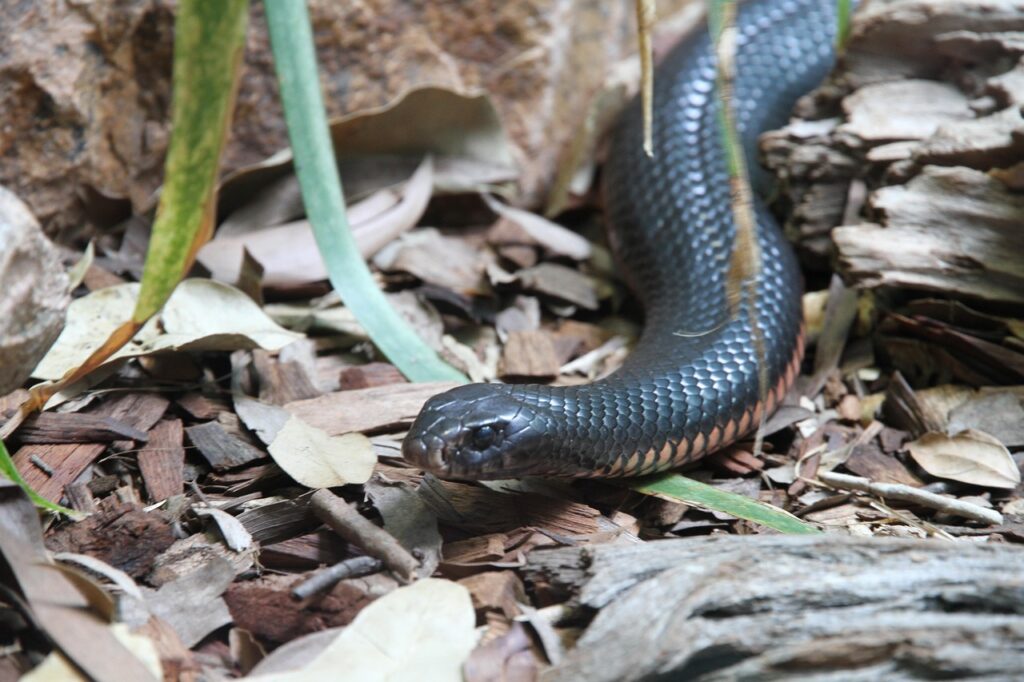
Often called the “fierce snake,” Australia’s inland taipan (Oxyuranus microlepidotus) possesses the most toxic venom of any land snake on Earth. A single bite delivers enough neurotoxin to kill approximately 100 adult humans, with an LD50 value estimated to be 0.01 mg/kg. The venom contains a potent neurotoxin that attacks the nervous system, potentially causing paralysis and respiratory failure within 45 minutes if left untreated. Despite its deadly reputation, the inland taipan is actually shy and reclusive, preferring to avoid confrontation and inhabiting the remote, arid regions of central east Australia. Human encounters are extremely rare, which partly explains why fatalities from this species are virtually unheard of despite its venom’s incredible potency.
Eastern Brown Snake: Australia’s Silent Killer
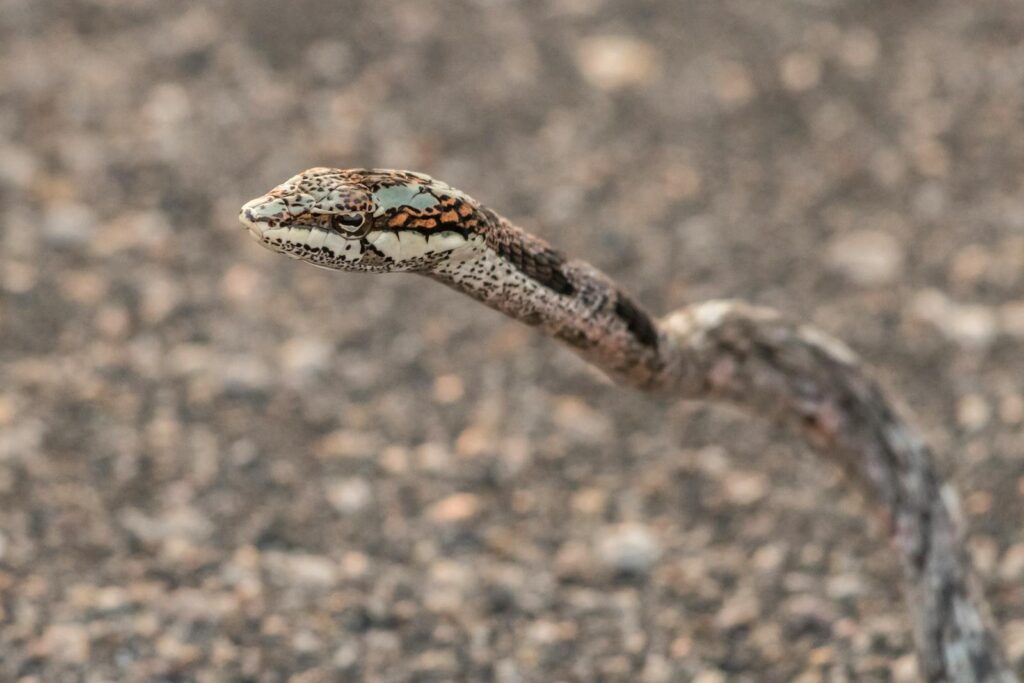
Second only to the inland taipan in venom toxicity, the eastern brown snake (Pseudonaja textilis) is responsible for more deaths in Australia than any other snake species. Its venom ranks as the second most toxic among land snakes, containing potent neurotoxins and coagulants that can cause progressive paralysis and uncontrollable bleeding. What makes this snake particularly dangerous is its nervous temperament, lightning-fast strikes, and proximity to populated areas across eastern Australia. These slender, fast-moving snakes can reach up to 7 feet in length and often react defensively when startled, delivering multiple rapid strikes. Despite their name, eastern browns can vary widely in color from pale brown to almost black, making identification challenging for the untrained eye.
Coastal Taipan: Speed and Precision

The coastal taipan (Oxyuranus scutellatus) combines extreme venom potency with aggressive defensive behavior when threatened, making it one of Australia’s most dangerous snakes. Its venom contains a mixture of neurotoxins, myotoxins, and coagulants that can cause paralysis, muscle damage, internal bleeding, and potentially death within 30 minutes if left untreated. What distinguishes the coastal taipan is its extraordinary strike speed and accuracy—it can strike multiple times in a single attack, injecting large amounts of venom with precision. Growing up to 10 feet long, these powerful snakes inhabit the northern and eastern coastal regions of Australia, where they frequently encounter humans in sugarcane fields and similar agricultural settings. Before antivenom became available in 1956, the mortality rate from coastal taipan bites approached 100%.
Blue Krait: Southeast Asia’s Nocturnal Assassin
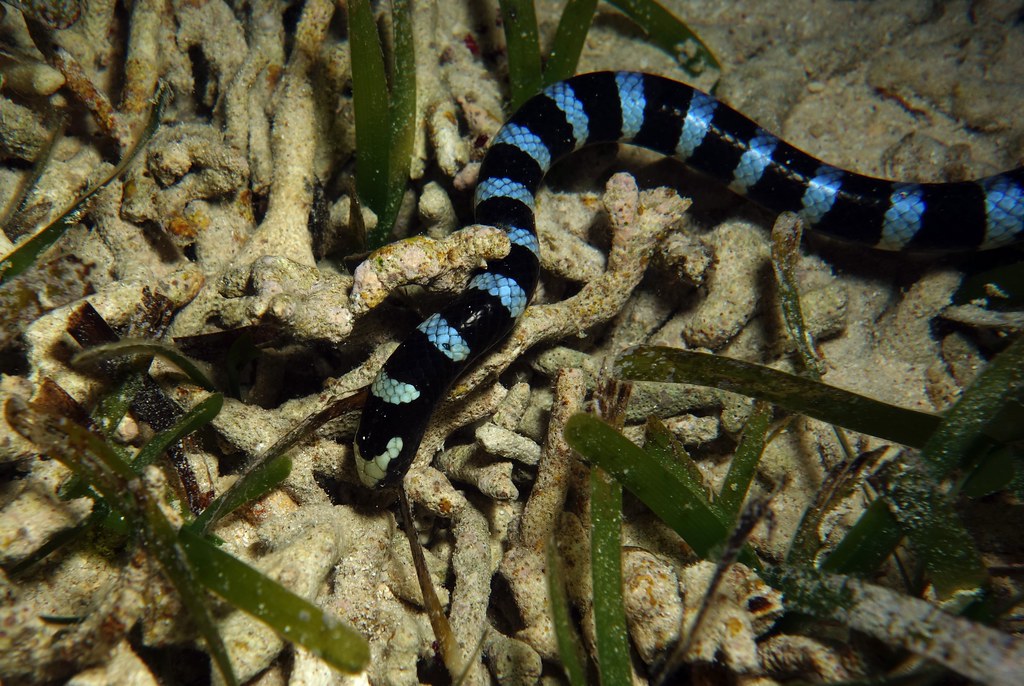
The blue krait (Bungarus candidus) represents one of Southeast Asia’s most lethal serpents, with venom approximately 16 times more potent than that of a cobra. This nocturnal hunter delivers a potent neurotoxic venom that causes minimal pain initially, leading many victims to underestimate the severity of their situation until serious symptoms develop. The venom primarily attacks the nervous system, causing paralysis that eventually affects the diaphragm and respiratory muscles, leading to suffocation. Research indicates a mortality rate exceeding 70% for untreated bites. Adding to their dangerous profile, blue kraits often enter human dwellings at night in search of prey, sometimes biting sleeping victims who may not even wake during the bite, further delaying crucial treatment.
Black Mamba: Africa’s Lightning-Fast Predator
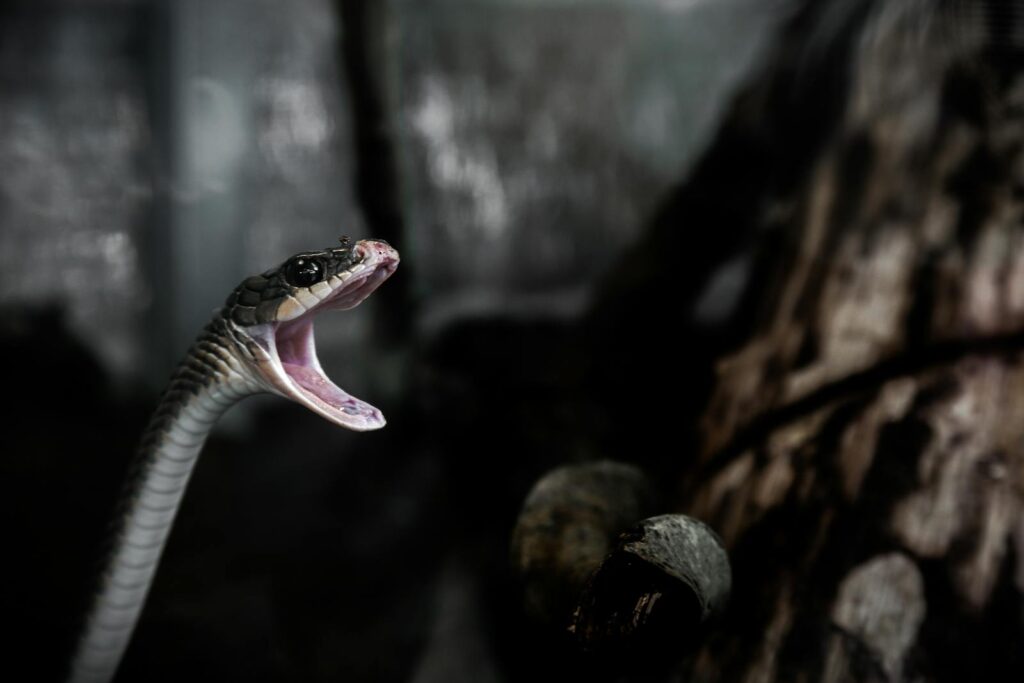
Perhaps Africa’s most feared snake, the black mamba (Dendroaspis polylepis) combines speed, aggression, and highly toxic venom into one formidable package. Capable of reaching speeds up to 12.5 miles per hour, these snakes can grow to lengths of 14 feet, making them Africa’s longest venomous snake. Their venom contains powerful neurotoxins that attack the nervous system and cardiotoxins that affect the heart, with untreated bites having a mortality rate approaching 100%. Before antivenom became widely available, a black mamba bite was often described as “kiss of death,” with victims typically succumbing within 20 minutes to 6 hours. Despite their name, black mambas are actually brownish in color—the “black” refers to the inside of their mouth, which they display when threatened.
Philippine Cobra: The Spitting Specialist
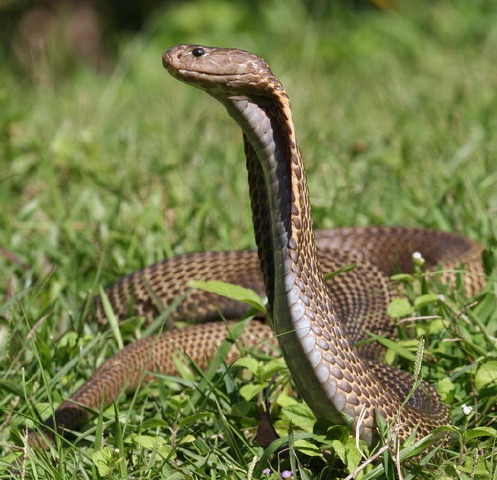
The Philippine cobra (Naja philippinensis) represents one of the most dangerous of all cobra species, possessing a highly neurotoxic venom that can cause respiratory failure and death within 30 minutes. What makes this species particularly hazardous is its ability to spit venom with remarkable accuracy at a target up to 3 meters away, aiming for the eyes to cause pain and temporary or even permanent blindness. Their venom primarily attacks the respiratory center of the brain, leading to respiratory paralysis. These cobras inhabit the northern regions of the Philippines, where they frequently encounter agricultural workers in rice fields. Studies have shown that even with proper medical treatment, the mortality rate from Philippine cobra bites remains significant.
Russell’s Viper: The Silent Agricultural Menace
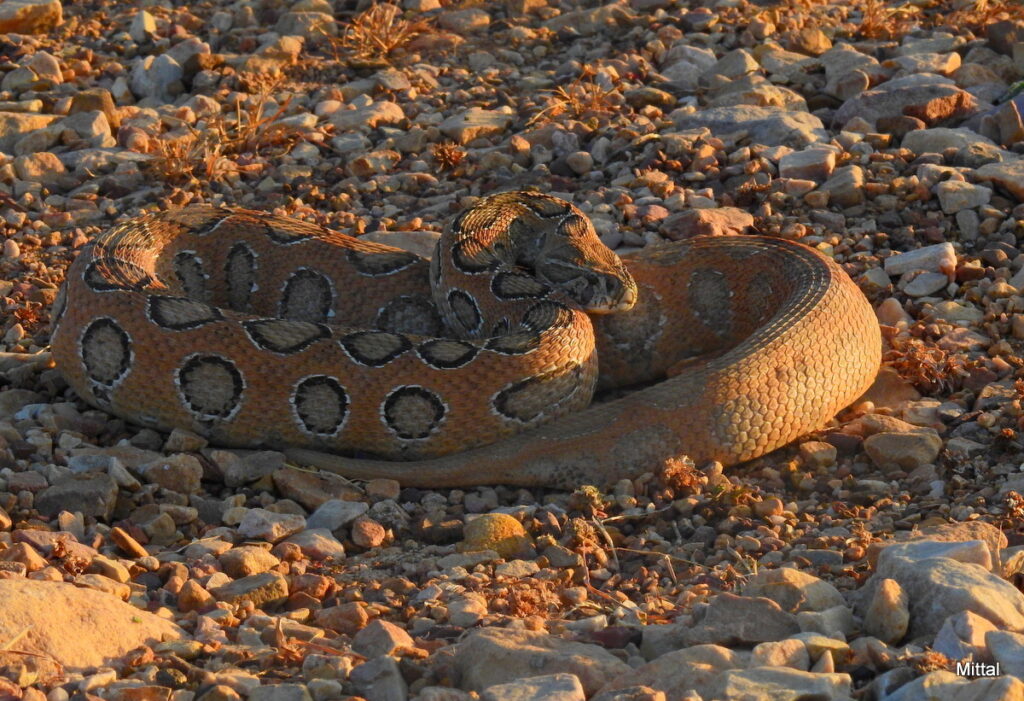
Russell’s viper (Daboia russelii) is responsible for more human fatalities in its range than any other snake species, causing thousands of deaths annually across South and Southeast Asia. Unlike many of the neurotoxic venoms on this list, Russell’s viper venom is primarily hemotoxic and cytotoxic, causing massive internal bleeding, tissue necrosis, and acute kidney failure. The venom contains enzymes that not only destroy blood cells and tissues but also cause blood clotting abnormalities that can lead to hemorrhaging throughout the body. These heavy-bodied snakes are commonly found in agricultural areas, where they prey on rodents and frequently encounter farm workers. Adding to their danger, Russell’s vipers are known for their aggressive defensive behavior and will often stand their ground rather than retreat when threatened.
King Cobra: The Royal Giant
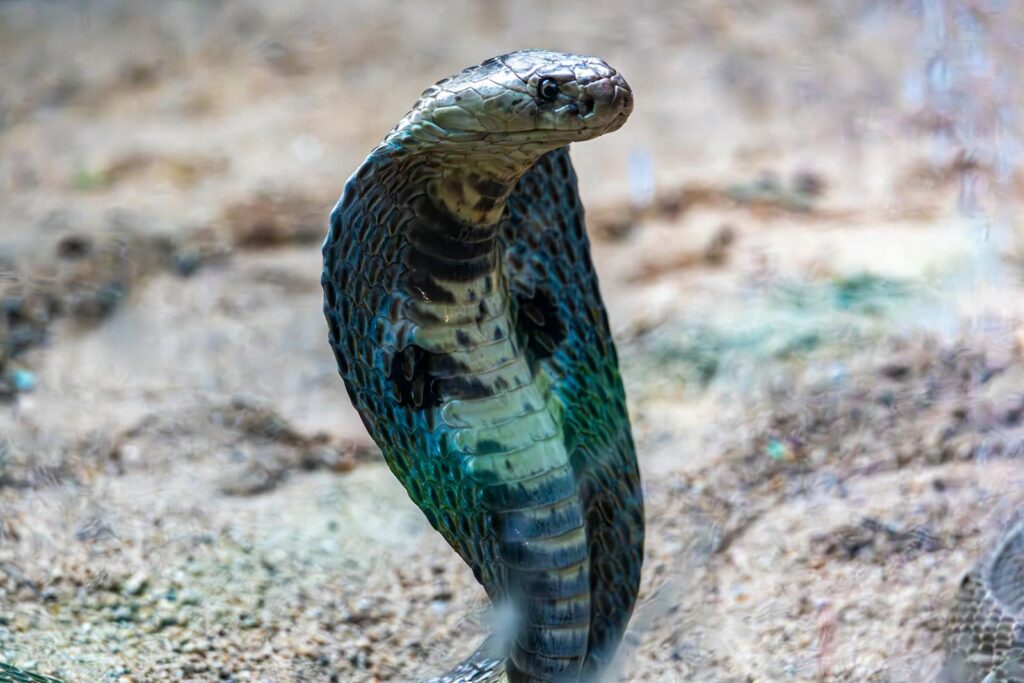
The king cobra (Ophiophagus hannah) earns its place among the world’s deadliest snakes not necessarily for its venom potency (which is still substantial), but for the sheer volume it can deliver in a single bite. As the world’s longest venomous snake, reaching lengths up to 18 feet, a king cobra can inject up to 7ml of venom in one bite—enough to kill 20 people or even an elephant. Their venom contains potent neurotoxins that attack the central nervous system, potentially causing respiratory failure and cardiac arrest. These intelligent, magnificent reptiles inhabit the forests of South and Southeast Asia, where they are revered and feared in equal measure. King cobras are the only snakes that build nests for their eggs, which the females guard aggressively until hatching.
Saw-Scaled Viper: The Tiny Assassin
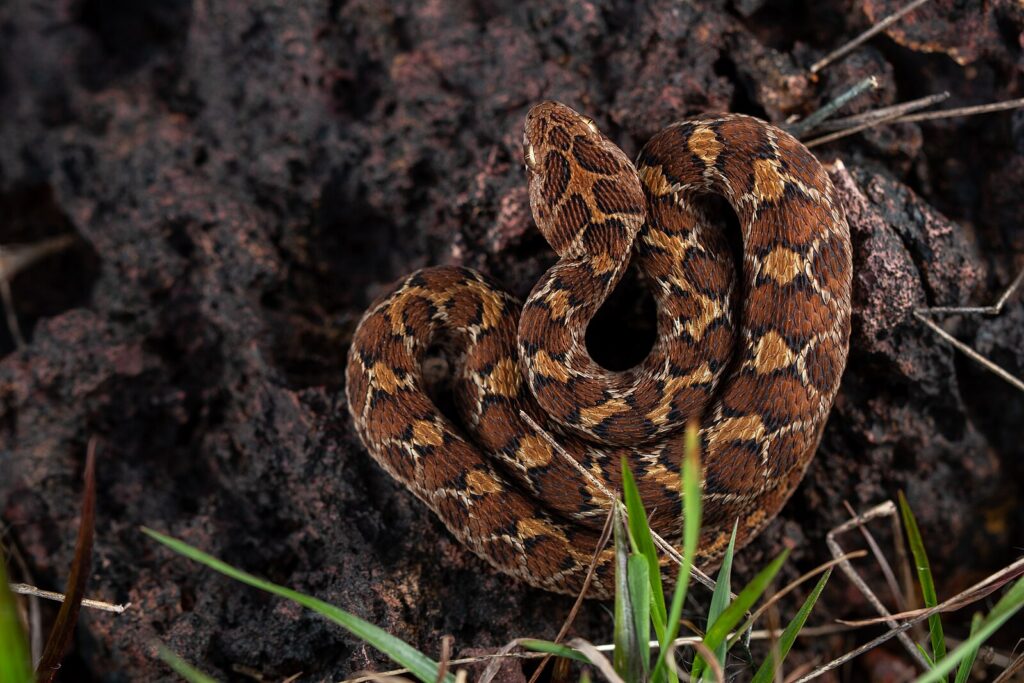
Often referred to as the “saw-scaled” or “carpet” viper, Echis carinatus may be small in size but is responsible for more human deaths than any other snake species worldwide. These diminutive killers rarely exceed 2 feet in length but possess a hemotoxic venom that causes bleeding disorders, including blood incoagulability and internal hemorrhaging. Their name derives from their unique threat display—they rub sections of their body together to produce a distinctive sawing sound as a warning. Distributed across the dry regions of Africa, the Middle East, and the Indian subcontinent, saw-scaled vipers frequently encounter humans in agricultural settings. Their aggressive temperament, camouflaged appearance, and tendency to freeze rather than flee when approached make them particularly dangerous to agricultural workers and barefoot pedestrians.
Tiger Snake: Australia’s Adaptable Killer
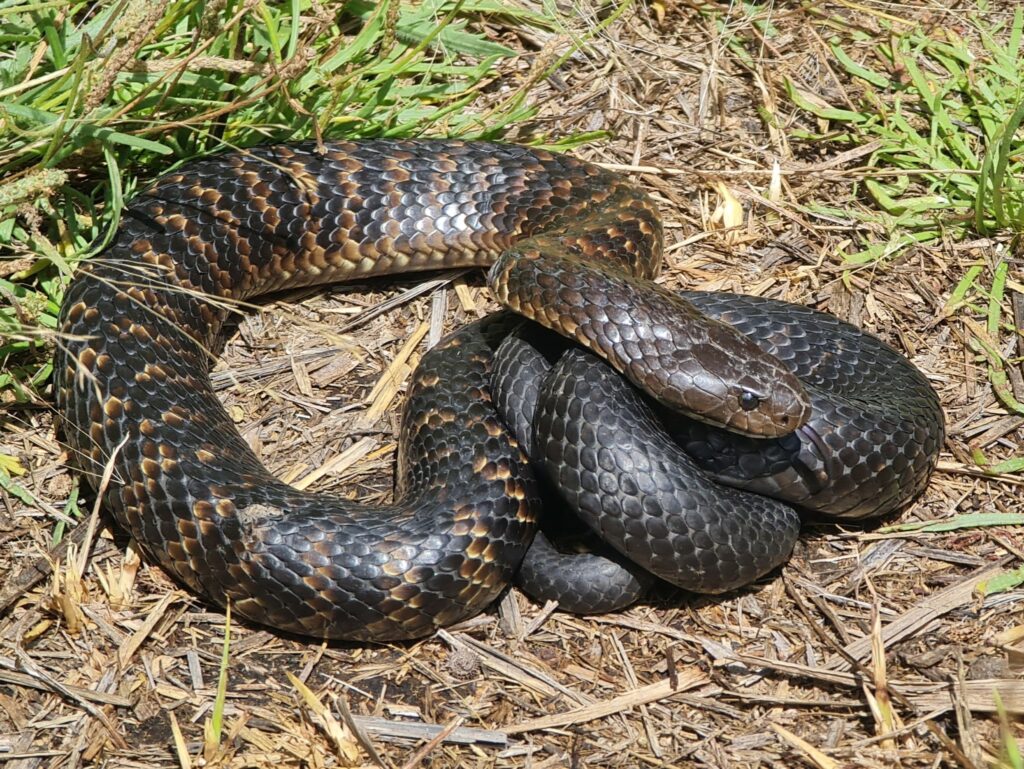
Australia’s tiger snakes (Notechis scutatus and related species) rank among the world’s most toxic serpents, with venom potent enough to kill an adult human within 30 minutes if left untreated. Their venom contains a powerful neurotoxin that causes progressive paralysis, eventually affecting breathing muscles, alongside coagulants that can cause blood clotting disorders. What makes tiger snakes particularly dangerous is their adaptability to various habitats, from coastal regions to mountains, bringing them into frequent contact with humans. These snakes get their name from the distinctive banded pattern on their bodies, though coloration can vary significantly depending on location. When threatened, tiger snakes will flatten their necks and raise their heads in a defensive display similar to cobras, often striking if the threat persists.
Death Adder: The Ambush Specialist
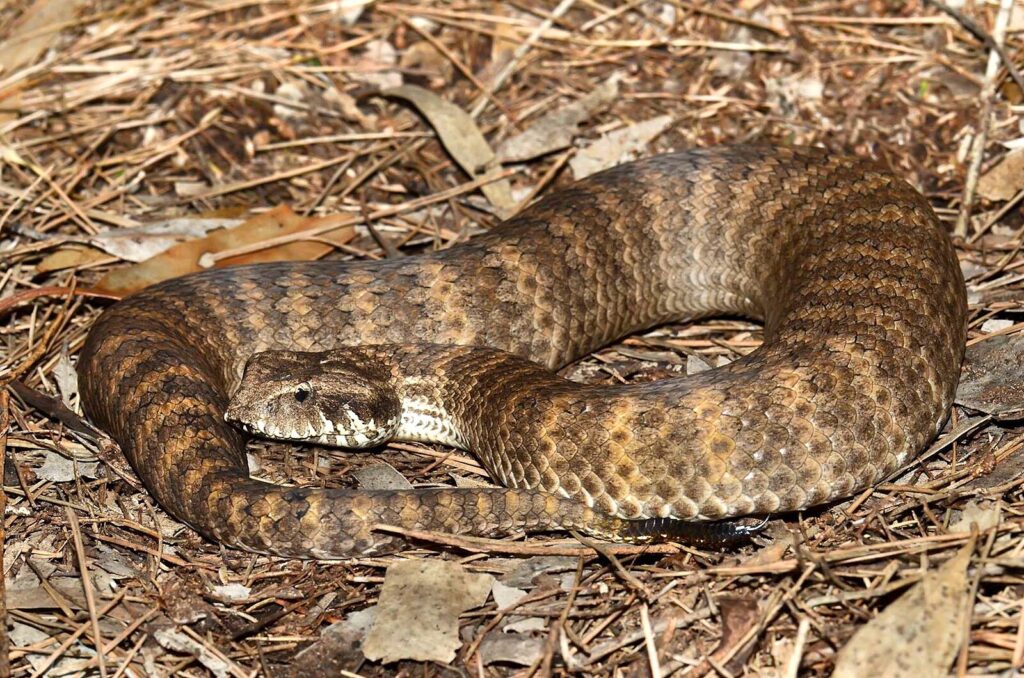
The death adder (Acanthophis species) represents one of the most unusual venomous snakes in Australia, having evolved to resemble vipers though they belong to the elapid family along with cobras and mambas. Unlike most elapids, death adders are ambush predators with short, stocky bodies, triangular heads, and a worm-like tail tip they use as a lure to attract prey. Their venom contains powerful neurotoxins that can cause complete paralysis, including of respiratory muscles, within six hours if left untreated. What makes death adders particularly dangerous is their hunting strategy—rather than fleeing when approached, they remain motionless, relying on their excellent camouflage, which increases the likelihood of accidental human contact. Before antivenom became available, death adder bites carried a mortality rate of approximately 50%.
Belcher’s Sea Snake: The Ocean’s Most Venomous
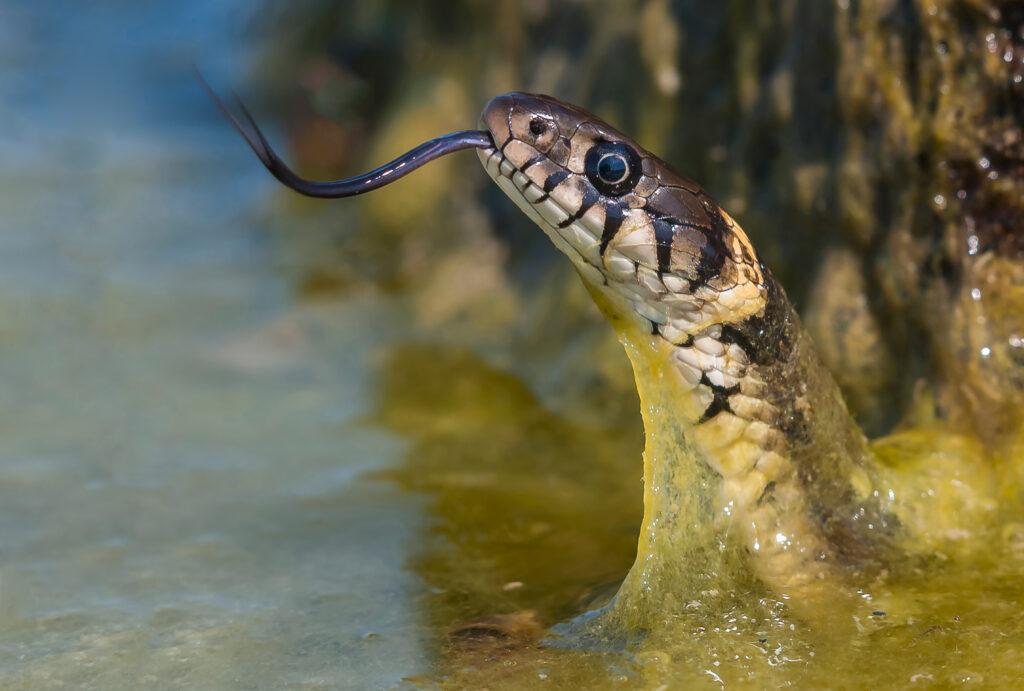
While land snakes often dominate discussions of venomous serpents, the ocean harbors some of the most toxic species, with Belcher’s sea snake (Hydrophis belcheri) potentially possessing the most potent venom of any snake on Earth. Their venom is estimated to be 100 times more toxic than that of the inland taipan, with just a few milligrams capable of killing thousands of people. However, these snakes deliver very small amounts of venom when they bite and have short fangs, which significantly reduces the danger they pose to humans. Found in the warmer waters of the Indian Ocean and Western Pacific, these gentle marine reptiles have a peaceful temperament and rarely bite humans unless severely provoked. Their distinctive appearance features a slender body with black crossbands on a yellowish background.
Snakebite Prevention and Treatment Advances
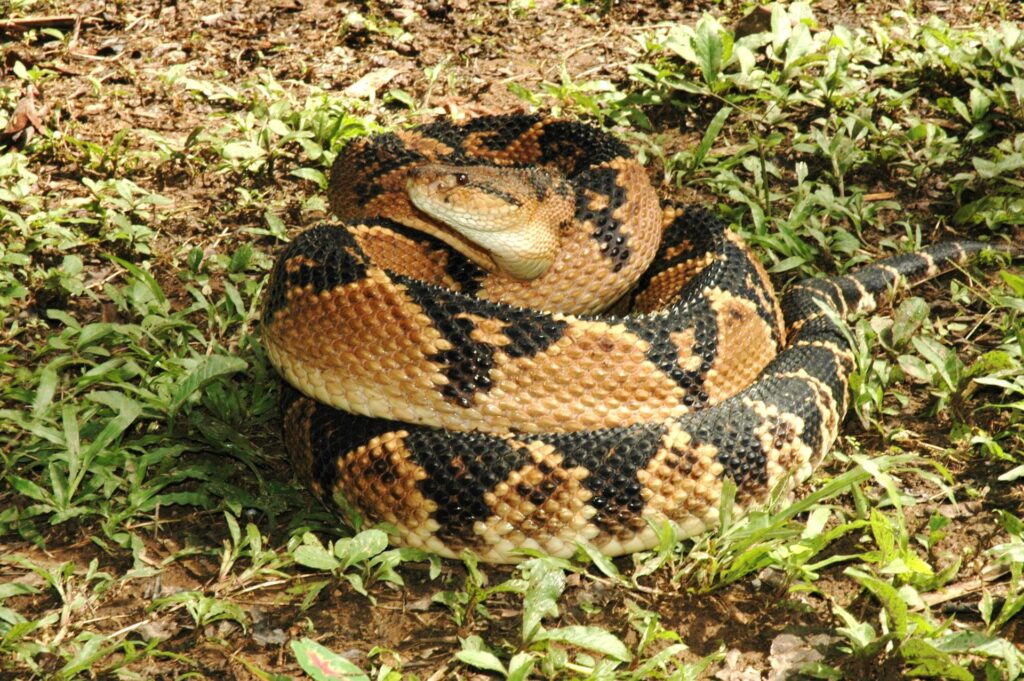
Despite the fearsome reputations of these venomous serpents, significant advances in snakebite prevention and treatment have reduced fatality rates worldwide. Modern antivenoms, though often species-specific, have revolutionized treatment outcomes when administered promptly. Prevention strategies focus on habitat awareness, appropriate footwear in snake-prone areas, and education on snake behavior and identification. Researchers continue to develop innovative approaches, including pan-specific antivenoms that work against multiple species and portable diagnostic tools to identify snake species from bite markers. The World Health Organization has designated snakebite envenomation a neglected tropical disease, directing increased resources toward addressing the estimated 100,000 annual deaths worldwide from snakebites, particularly in rural areas of developing nations where access to antivenom remains limited.
Conservation Status and Human Relations
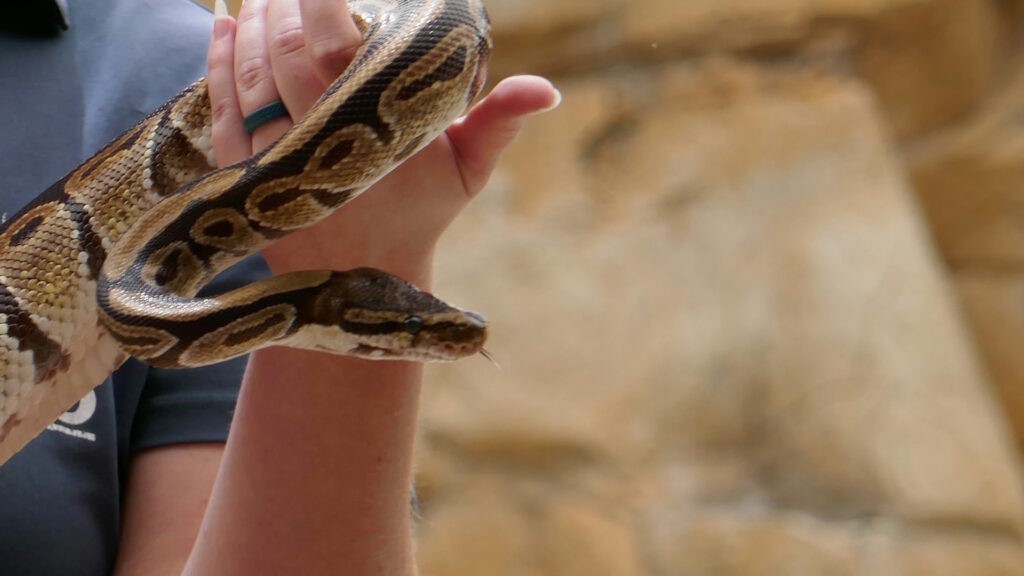
Despite their deadly potential, many of the world’s most venomous snakes face threats from habitat destruction, climate change, and deliberate killing due to fear. Several species, including king cobras, have experienced significant population declines and are now protected in parts of their range. Conservation efforts aim to balance human safety concerns with the ecological importance of these apex predators, which play crucial roles in controlling rodent populations and maintaining ecosystem balance. Educational programs in high-risk areas focus on teaching coexistence strategies rather than extermination, emphasizing that most snakebites occur when snakes are threatened or accidentally disturbed. Understanding and respecting these remarkable creatures represents the best approach to reducing negative interactions between humans and the world’s deadliest snakes.
While these serpents possess venom of astounding lethality, it’s worth noting that they rarely seek human encounters and typically bite only when threatened or cornered. Modern medical advances have dramatically improved survival rates for snakebite victims who receive prompt treatment. Rather than viewing these animals with pure fear, we might better appreciate them as remarkable evolutionary success stories—predators whose sophisticated biochemical arsenals have been perfected over millions of years, and whose study continues to yield valuable insights for medicine and science. In the complex relationship between humans and venomous snakes, education, respect, and conservation efforts remain our most powerful tools for coexistence.

